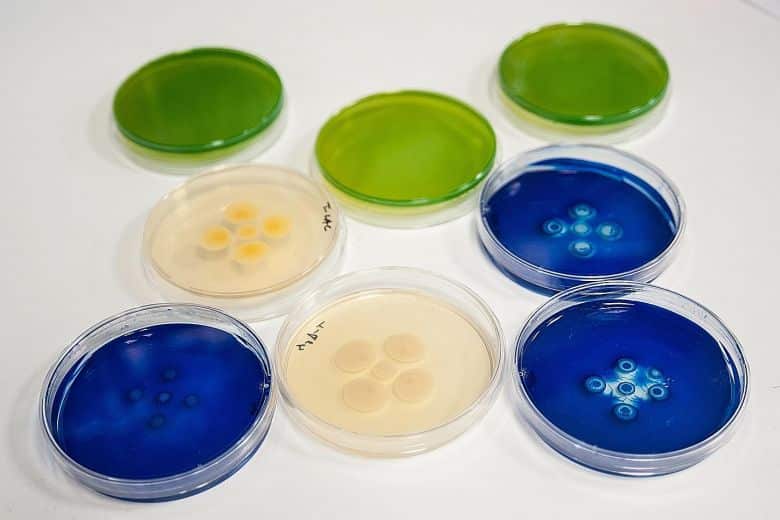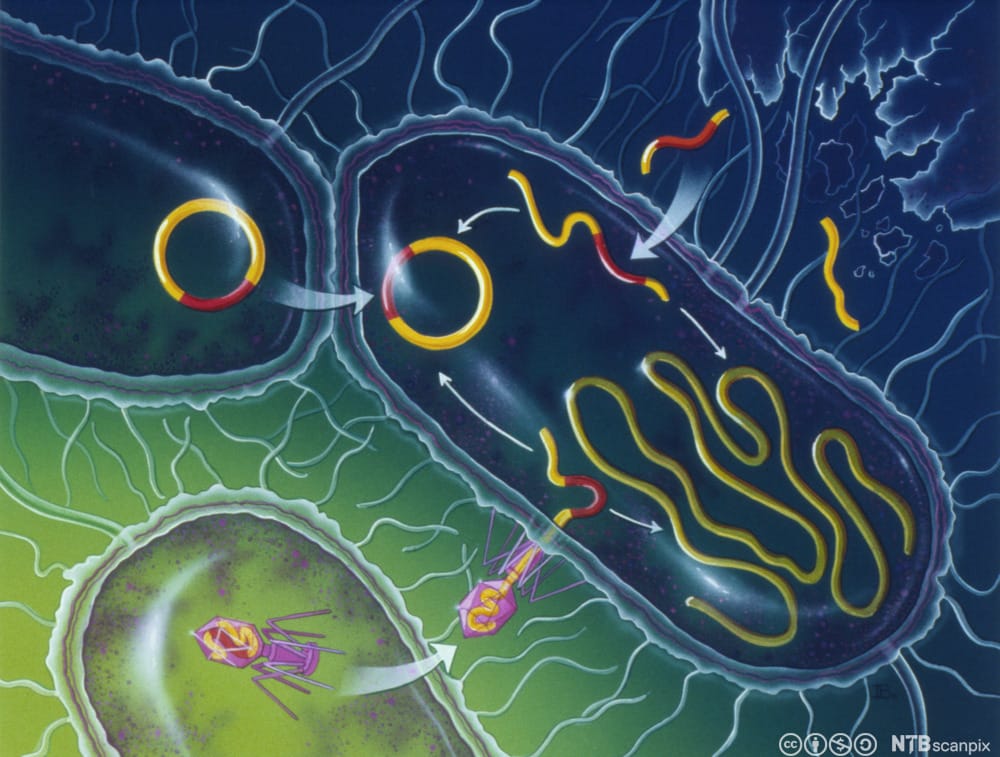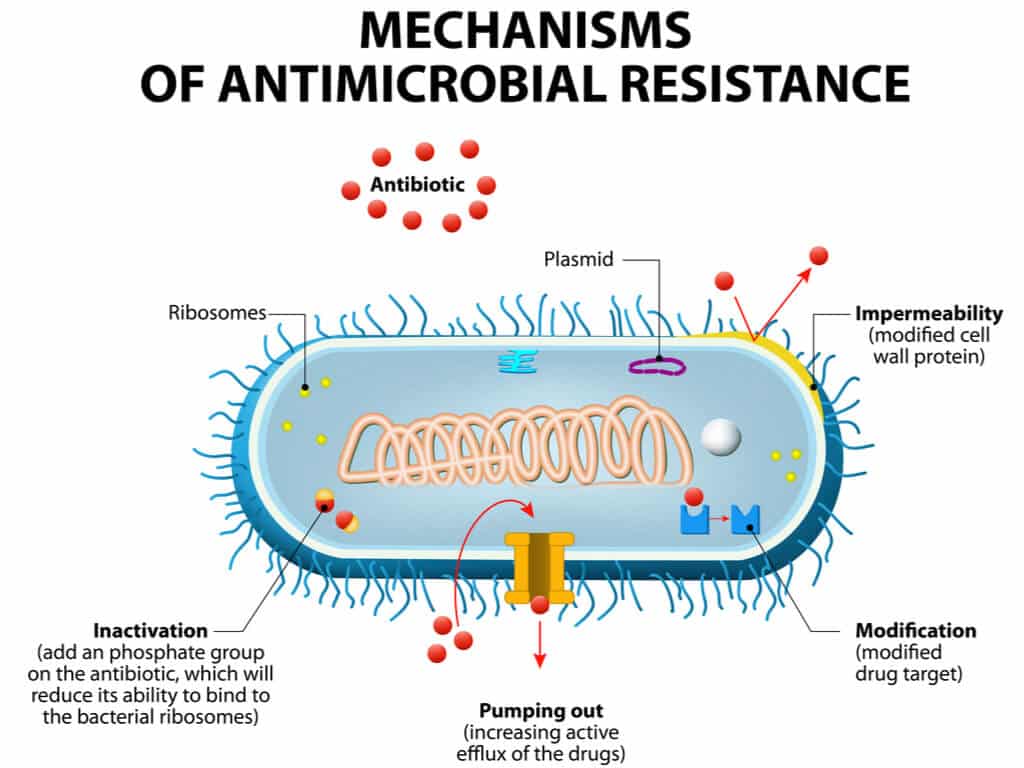New Molecules Capable Of Destroying Resistance to Antibiotics
Superbugs cultivated in a laboratory.
Superbugs are strains of bacteria resistant to several types of antibiotics. Their main characteristic is their ability to mutate their DNA from one generation to the next, making themselves resistant to the most common antibiotics. This has been abetted by other factors such as the imprudent and indiscriminate use of these medications- mainly through not completing the full treatment period, and self-medication.
Researchers at the Spanish National Research Council (CSIC) have now had an important breakthrough in the battle against superbugs and their resistance to multiple drugs.

“A number of bacterial cell processes are confined functional membrane microdomains (FMMs), structurally and functionally similar to lipid rafts of eukaryotic cells. How bacteria organize these intricate platforms and what their biological significance has remained important questions. Using the pathogen methicillin-resistant Staphylococcus aureus (MRSA), we show here that membrane-carotenoid interaction with the scaffold protein flotillin leads to FMM formation, which can be visualized using super-resolution array tomography,” write the investigators.
“These membrane platforms accumulate multimeric protein complexes, for which flotillin facilitates efficient oligomerization. One of these proteins is PBP2a, responsible for penicillin resistance in MRSA. Flotillin mutants are defective in PBP2a oligomerization. Perturbation of FMM assembly using available drugs interferes with PBP2a oligomerization and disables MRSA penicillin resistance in vitro and in vivo [mice], resulting in MRSA infections that are susceptible to penicillin treatment. Our study demonstrates that bacteria possess sophisticated cell organization programs and defines alternative therapies to fight multidrug-resistant pathogens using conventional antibiotics.
”Their investigation had in its focus- directly attacking those areas of the bacteria where the proteins assemble to form complexes. “These microdomains in the cell membrane—called lipid rafts—are crucial because they form many protein complexes related to resistance to antibiotics,” says Daniel López, Ph.D., a researcher at CSIC’s National Centre for Biotechnology.
After characterization of the bacterium’s proteins and lipids using advanced techniques such as cryotomography, the researchers chose a group of molecules capable of disassembling the lipid rafts. Many of these molecules are the same as those prescribed, in certain cases, to treat high cholesterol.
The researchers suggest using these molecules in combination with methicillin in the treatment of invasive infections by superbugs. As Dr. López explains, “First, resistance would be disassembled before aiming a direct attack on the bacteria with a common antibiotic. It’s interesting because the option now becomes open to us to combat superbugs using an entirely new approach.“































